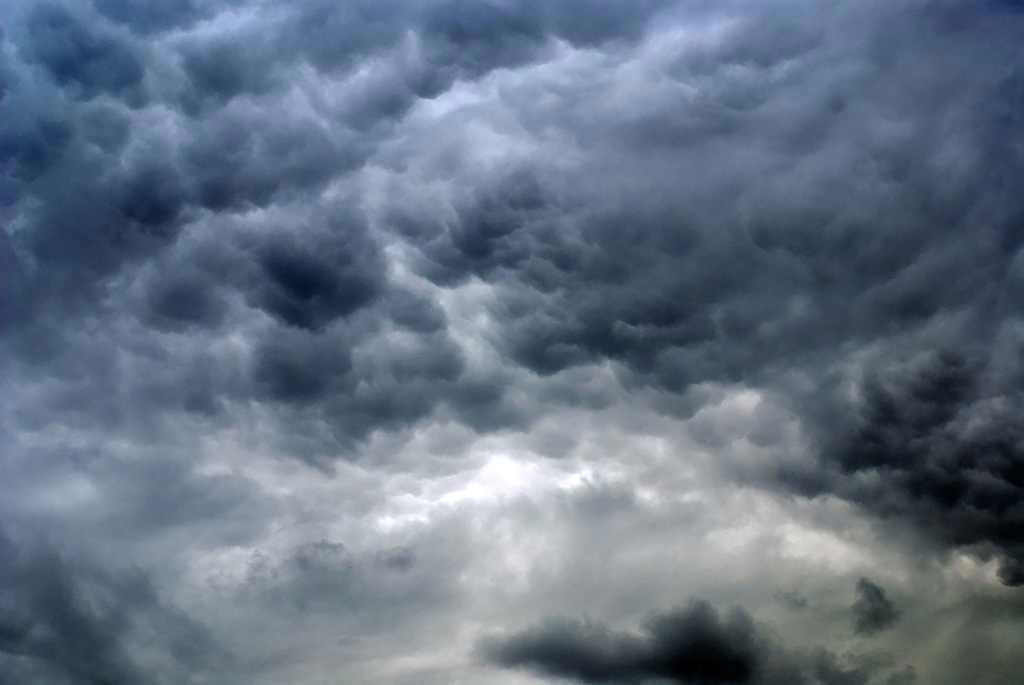I was watching my wife draw feet. Bent over in her pajamas, Anupama dipped
her thin, artistic fingers in a steel bowl of rice paste and traced white footprints that
resembled the number eight with a flat top and five toes. They started outside the front
door of our house. Gaining entry into our hallway, the thickset designs snaked through
the formal living room to the dining table where it stopped near the credenza on which
rested our idols of Hindu gods. Outside, the lone tree in our front yard stood silhouetted
against the gloaming.
“Will Krishna come during the night?” asked five-year-old Noopur, younger of our
twin girls. Crouched next to Anupama, she had been constantly changing positions, her
gaze closely following the growing chain that she was forbidden from approaching since
the paste took time to dry.
“Yes Noopur,” my wife replied without turning, brushing aside a lock of hair that
fell over her face. Krishna is a Hindu god, attractive and astute, his dark complexion
almost always depicted as blue in comic books. Creating impressions of Krishna’s feet
during Janma Ashtami is one way of welcoming the Lord home. Being US citizens, our
twins’ first exposure to Krishna was much later than that of children born in India: it
came while watching an Indian cartoon with other kids at a friend’s house where the
protagonist was little Krishna—naughty, doe-eyed, round-faced, wearing a yellow dhoti,
and peacock feather on his head. When they had remarked that blue skin was weird,
we explained to our girls that it was merely symbolic to show that he was darker than
normal.
“Will he be able to enter our house if it is locked?” Noopur asked. Anupama
nodded absent-mindedly as she stared at one of the footprints, which was slightly out of
shape. “Uh-huh.”
“Is Krishna’s skin color toast or cookie-dough?” Noopur asked. This time my wife’s
head jerked in Noopur’s direction. Then she turned to me as I leaned against the wall
equally stunned by my daughter’s question.
Skin color is a fascinating thing for kids, we had quickly realized. Because it is
obvious, it is palpable. It was just a few weeks ago when she had asked me if she would
have been Caucasian had she been born in Florida where her friend Payton was from.
Instead of replying, I asked her why she was asking. “If I were Caucasian, Payton would
be my best friend. Right?” she responded. Feeling a stab of sadness somewhere in me,
I put my arm around her and told her no, that she would always be Indian-American
because we—her parents—were from India. Strangely, my mind did not languish in
the cultural dilemmas of raising my children away from my homeland; it did not seethe
at my girl’s early encounter with the import of color. Perhaps because I have been
emotionally primed for this, and because my daughters were so upbeat and assured, I
didn’t think this was going to deflate their enthusiasm. Instead, I was filled with thoughts
of India, with the conversations my relatives used to have in front of me when I was a
young boy. Unfortunately, Ajay didn’t get the color from his father; mother’s looks and father’s
color would have been ideal; he is charming even though he is not fair-skinned.
My father was fair-skinned, “like a foreigner,” according to some. My mother was
“of wheatish complexion.” It hardly struck my relatives that an eight-year-old boy who
was right there in the room was in an intellectual position to register conversations about
differences in color. I did not merely catch on to them; I clung to them, revisited them
and let them churn in my mind. Why are they speaking of me like I have a defect? What
would it take to become like my father?
A lot of my relatives had a tube of Fair & Lovely on their shelves. I used to stare at
them standing at the washbasin while brushing my teeth, and recollecting the ads that
I had seen frequently on television. In the early frames, the woman looked dull and sad
and brown but once she applied this cream, there was a wondrous transformation into
a smiling, upbeat person—still brown but a slightly lighter shade. Now, she walked
with spunk, in slow-motion, her backlit hair dancing behind her with a life of its own.
Men turned heads, eyes bugged. I had seen my aunts wear it like a mask as they worked
around the house for a while before washing it off. Even my uncles and older male
cousins slunk into a corner after applying Fair & Lovely, paying special attention to the
curve under their eyes and those darker spots on their cheeks. The cream did little to
change their skin color.
Despite all these years of furtive use, they have a recent addition—Fair & Handsome—
touted as the World’s No.1 Fairness Cream for Men so that men don’t have to steal
away to apply whiteness creams. As a child, I once sneaked a tube of Fair & Lovely into
the bathroom and tasted it. It was horrible. Then, standing on a small stool in front of
the mirror, I administered a thin coat to my forehead and cheeks, being careful not to
touch the hair on my face or head, which was supposed to turn white on contact. When
it brushed my eyebrow a little, I used copious amounts of water to clean it. I did not
want my eyebrows to look like my grandfather’s, with streaks of white, as if they were
dabbed in chalk powder.
(Fall 2014)


